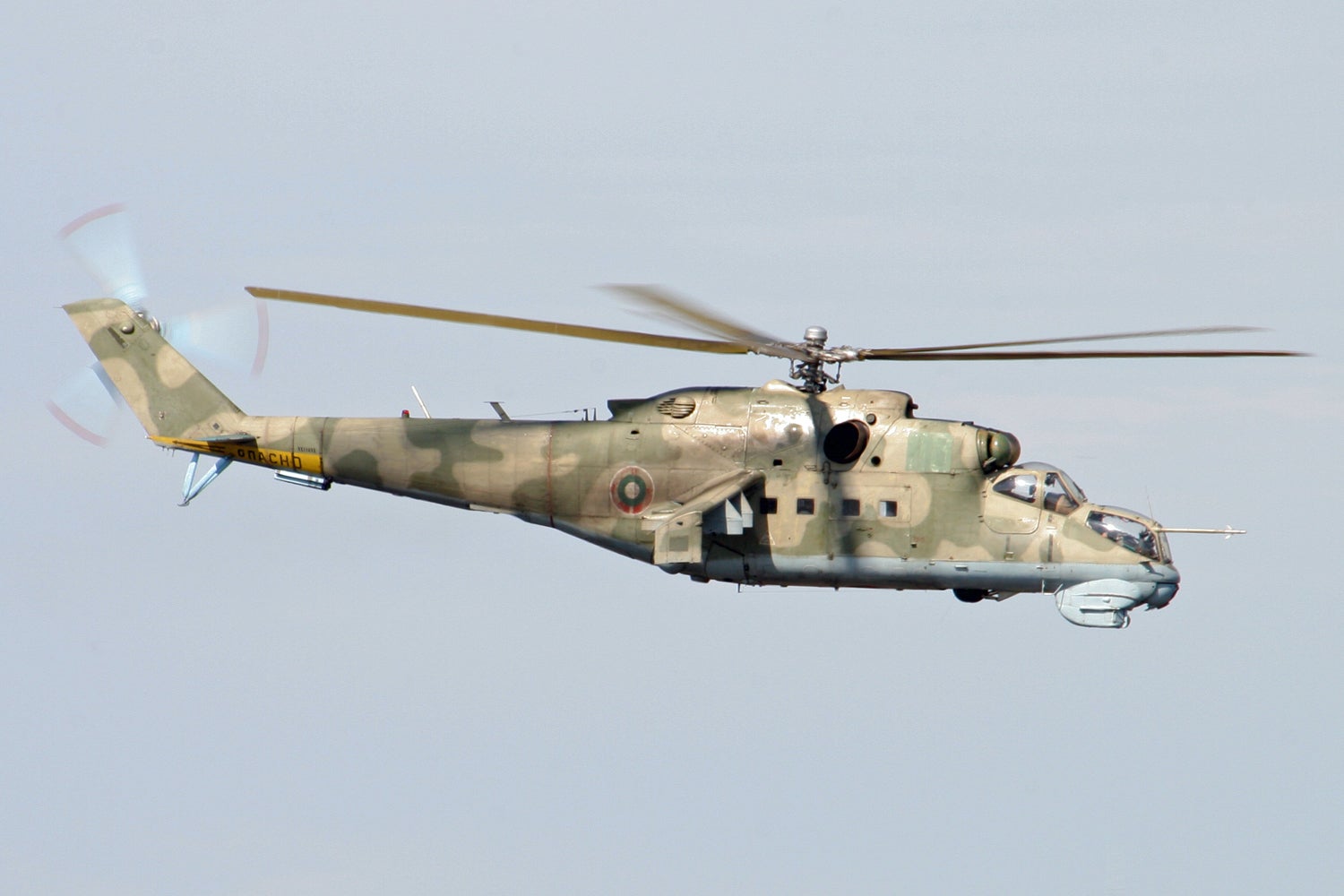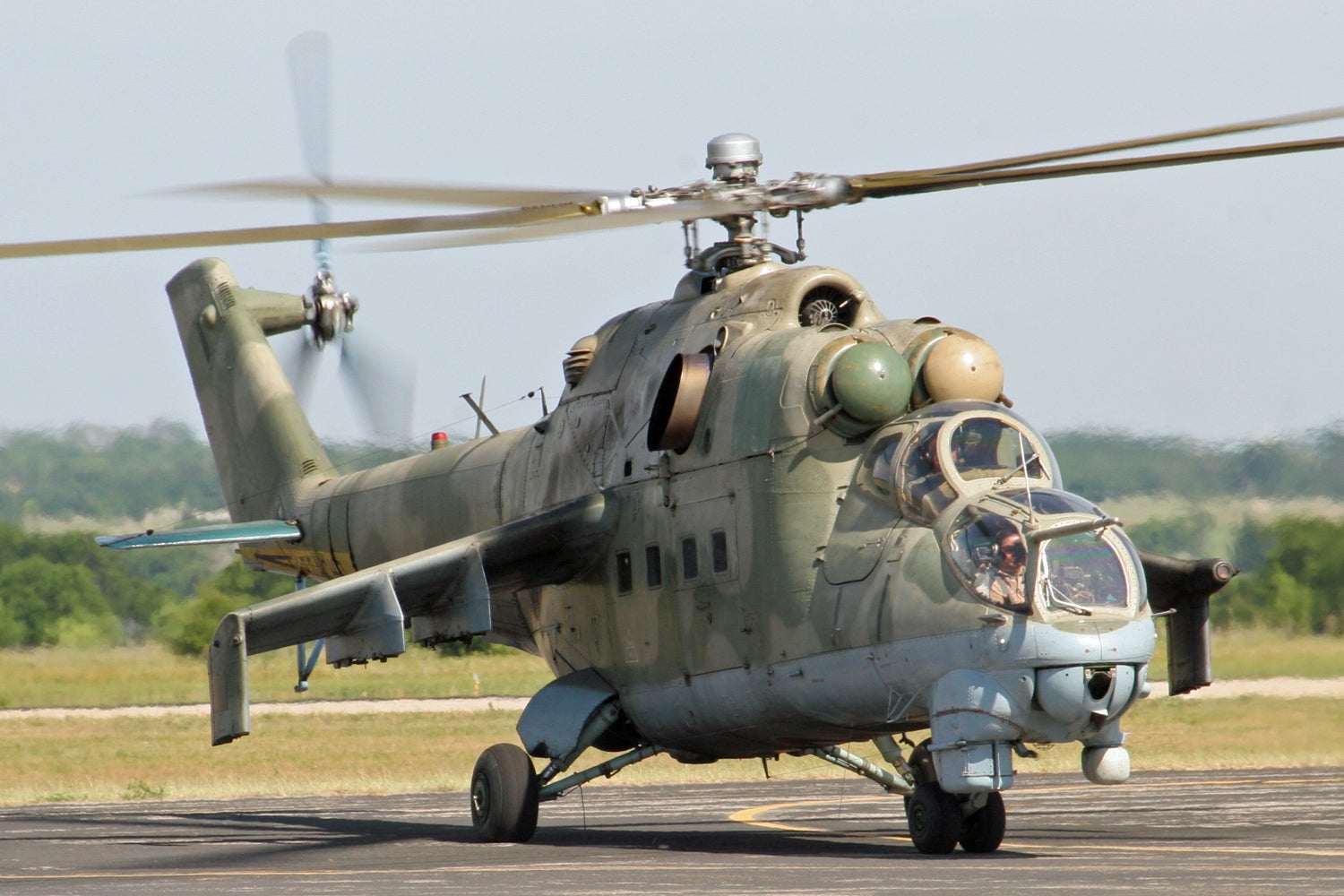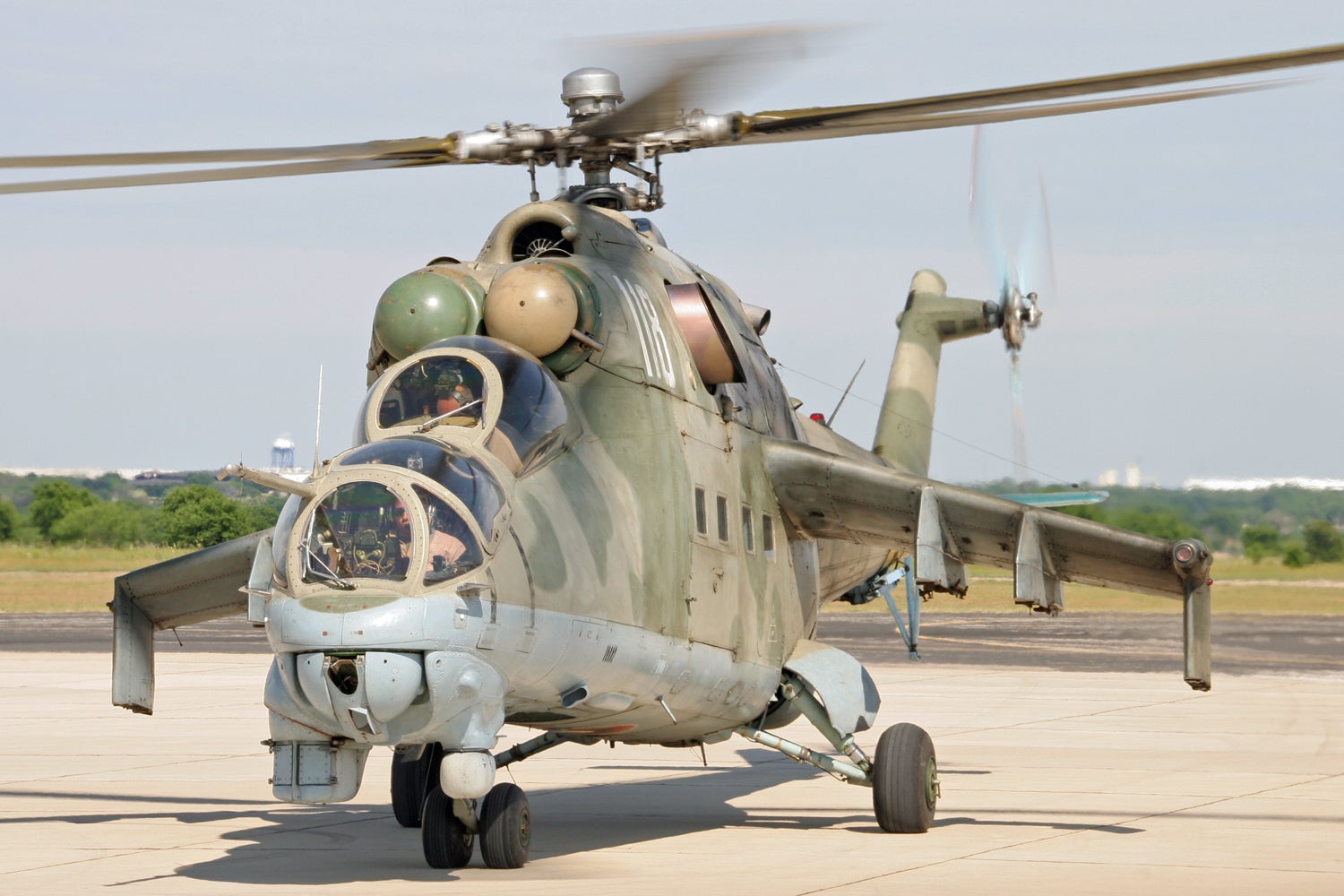 "ttyymmnn" (ttyymmnn)
"ttyymmnn" (ttyymmnn)
09/20/2016 at 12:35 • Filed to: planelopnik, planelopnik history
 8
8
 4
4
 "ttyymmnn" (ttyymmnn)
"ttyymmnn" (ttyymmnn)
09/20/2016 at 12:35 • Filed to: planelopnik, planelopnik history |  8 8
|  4 4 |
Welcome to This Date in Aviation History , getting of you caught up on milestones, important historical events and people in aviation from September 17 through September 20.
!!! UNKNOWN CONTENT TYPE !!!

September 17, 1959 – The first powered flight of the North American X-15. The decades of the 1950s and 1960s were an extraordinary time for aviation development. Following the arrival of the jet engine late in WWII, the race was on to develop new aircraft that could fly higher and faster, even to the edges of space. And Cold War defense budgets that funded research into aviation, and the ongoing !!!error: Indecipherable SUB-paragraph formatting!!! between the United States and the Soviet Union, meant that money for research and development was always in good supply. The X-15 was part of a long lineage of experimental aircraft, known collectively as the !!!error: Indecipherable SUB-paragraph formatting!!! , that were developed to explore, test and evaluate cutting edge theories about aircraft design and propulsion. Beginning with the !!!error: Indecipherable SUB-paragraph formatting!!! , which broke the sound barrier for the first time in 1947, many of the succeeding X planes explored the possibilities of greater and greater speed. In 1952, the !!!error: Indecipherable SUB-paragraph formatting!!! (NACA, the predecessor of !!!error: Indecipherable SUB-paragraph formatting!!! ), started to investigate the possibilities of space flight and, by 1954, they set forth the guidelines for an aircraft that would investigate flight at not just supersonic speed, but at hypersonic speeds (above Mach 5), and one that would go to the limits of our atmosphere. NACA selected !!!error: Indecipherable SUB-paragraph formatting!!! and a team led by Chief Project Engineer !!!error: Indecipherable SUB-paragraph formatting!!! to design the exotic plane, one that looked more like a spacecraft than an aircraft. And indeed, it was intended to fly in both regimes, using traditional flight control surfaces for flight in the atmosphere, and reaction controls in the form of hydrogen peroxide thrust rockets for control in the thin air outside the atmosphere. Power came from a single liquid fuel !!!error: Indecipherable SUB-paragraph formatting!!! rocket that produced over 70,000 pounds of thrust, though the early flights were carried out using two less powerful rocket motors.
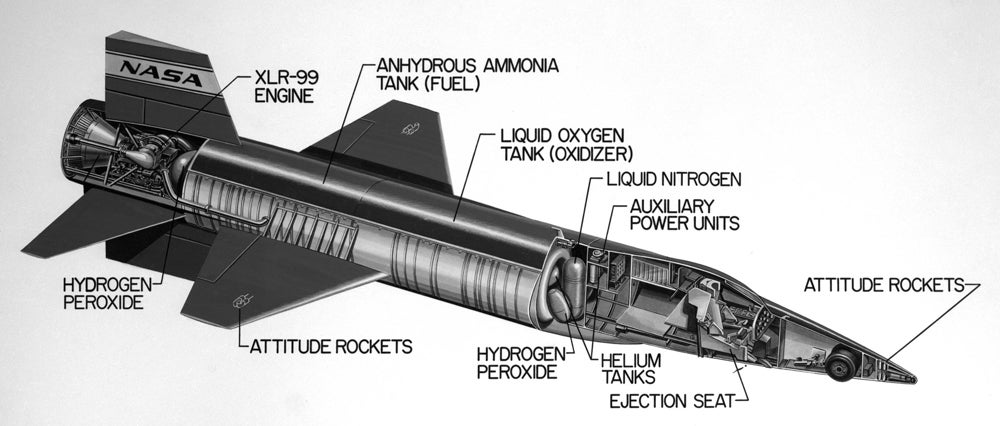
North American test pilot !!!error: Indecipherable SUB-paragraph formatting!!! flew the X-15 on its first powered flight, reaching a rather pedestrian speed (for the X-15) of 2,242 mph, about Mach 3, at an altitude of around 16,000 feet. But as fast as that flight was, it was only a precursor of more remarkable flights to come. Future test flights would go ever faster, eventually reaching a speed of 4,519 mph (7,273 kmh) on October 3, 1967, a record that still stands for a manned aircraft. But it wasn’t all about speed. The X-15 was also about altitude, and reaching the edge of space. Carried aloft by a !!!error: Indecipherable SUB-paragraph formatting!!! mother ship, X-15s were released and the rocket ignited. In arcing flights that started over Utah and ended at Edwards Air Force Base in California, 13 of the 199 test flights took their pilots to an altitude between 50-60 miles, the entry altitude to space set by the USAF. Two flights, Flight 90 and 91, flown by !!!error: Indecipherable SUB-paragraph formatting!!! , reached 66 and 67 miles. Pilots who made these flights were awarded their Astronaut wings (the Fédération Aéronautique Internationale Sporting Code sets the required altitude to be considered an astronaut as 100 km, about 62 miles). The series of flights made by the X-15 collected reams of data on hypersonic flight, as well as data that would be used for future aircraft and spacecraft design. A total of three X-15s were built during the program, and two survive. One is on display at the Smithsonian’s Air and Space Museum in Washington, DC, and the other resides at the National Museum of the United States Air Force in Dayton, Ohio. (NASA photo and illustration)
!!! UNKNOWN CONTENT TYPE !!!
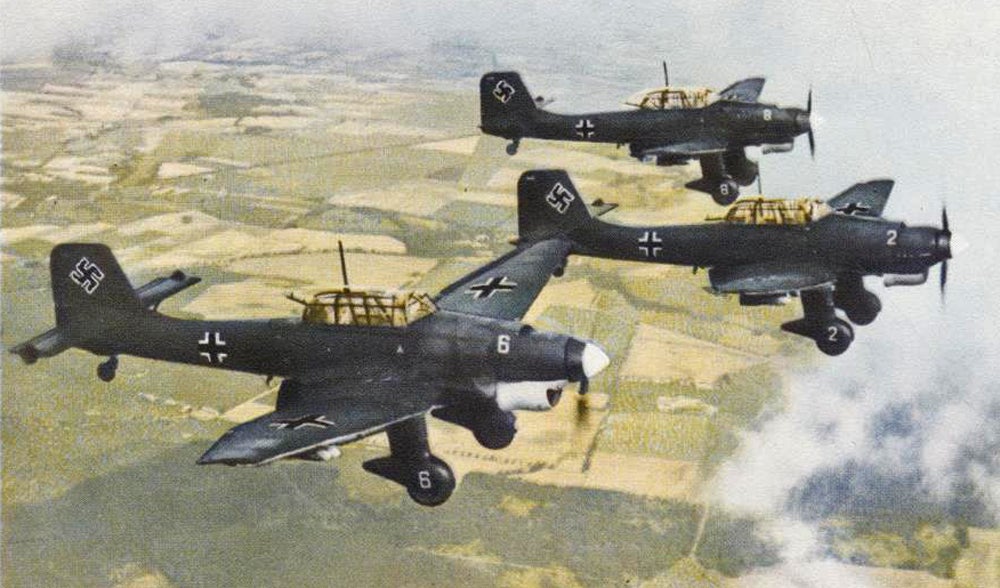
September 17, 1935 – The first flight of the Junkers Ju 87. In the early stages of WWII, the German !!!error: Indecipherable SUB-paragraph formatting!!! , or “lightning warfare,” was practically unstoppable as it stormed across Europe. Concentrations of armored or motorized infantry and tanks struck their enemy hard and fast, but one of the main components of the Blitzkrieg strategy was close air support, and the plane that came to symbolize Blitzkrieg was the Junkers Ju 87 Stuka. Development of a purpose-built ground attack aircraft began as early as 1928 but, once Adolf Hitler came to power in 1933, the project became one of great importance, and development was spearheaded by !!!error: Indecipherable SUB-paragraph formatting!!! , WWI fighter ace and the eventual Director-General of Equipment for the Luftwaffe. The development of the Ju 87 began in 1933 as part of Germany’s Sturzbomber-Programm (the name Stuka is derived from Sturzkampfflugzeug , or “diving warplane”), and the aircraft was originally powered by a British !!!error: Indecipherable SUB-paragraph formatting!!! V-12 engine and featured a twin tail to give the rear defensive gunner a clearer field of fire. But the weakly constructed tail broke apart during a test flight, killing the pilots, and designers reverted to a single vertical stabilizer.
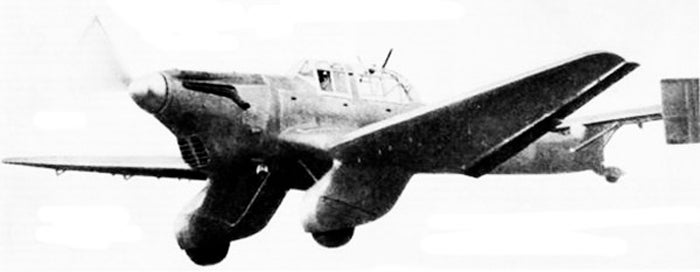
Stuka prototype with twin tail. Note the different nose with the non-inverted Rolls-Royce engine.
The distinctive inverted gull wings were adopted to provide clearance for the landing gear and to improve visibility for the pilot, and automatic pull-up dive brakes allowed the aircraft to recover from a diving attack even if the pilot lost consciousness from high G forces. Fixed, spatted landing gear, which hearkened back to an earlier era of aviation, added strength to the Stuka, and
Jericho-Trompete
wailing sirens were fitted to the struts as instruments of propaganda, meant to strike fear into the Stuka’s targets. For the production aircraft, the original Rolls-Royce engine was swapped for one of German build, a
!!!error: Indecipherable SUB-paragraph formatting!!!
inverted V12, the same engine fitted to the
!!!error: Indecipherable SUB-paragraph formatting!!!
and
!!!error: Indecipherable SUB-paragraph formatting!!!
, though its top speed was only about 240 mph. Stukas first saw service in support of the General Francisco Franco’s Nationalists during the
!!!error: Indecipherable SUB-paragraph formatting!!!
of 1936, and the dive bomber was instrumental in early German victories of WWII in 1941-19142. It worked closely with tanks and infantry to spearhead the
!!!error: Indecipherable SUB-paragraph formatting!!!
in September 1930, was instrumental in the conquering of northern continental Europe, and was also particularly effective against shipping. But in spite of its prowess as a dive bomber, the Stuka suffered from low speed and poor maneuverability, making it easy prey for faster, more nimble Allied fighters. As the war progressed, Stuka raids required fighter escort, and when Germany eventually lost air superiority over Europe, the Stuka was rendered much less effective. The bulk of the ground attack missions were taken over by attack variants of the
!!!error: Indecipherable SUB-paragraph formatting!!!
, but the Stuka soldiered on and served until the end of the war. The Stuka was retired at the end of the war and, of the more than 6,500 that were produced, only two remain. One is on display at the Museum of Science and Industry in Chicago, and the other resides at the Royal Air Force Museum in London.
(Photo authors unknown)
!!! UNKNOWN CONTENT TYPE !!!

September 18, 1947 – The US Air Force becomes an independent branch of the US military. The US Air Force traces it origins all the way back to August 1, 1907 with the creation of the !!!error: Indecipherable SUB-paragraph formatting!!! as part of the !!!error: Indecipherable SUB-paragraph formatting!!! . At first, they only flew balloons and dirigibles for observation, but in 1909 the Army accepted delivery of their first airplane, the !!!error: Indecipherable SUB-paragraph formatting!!! , and the !!!error: Indecipherable SUB-paragraph formatting!!! was formed in December 1913. The oldest aviation unit in the US military, the 1st Aero Squadron saw its first action in 1916 during the !!!error: Indecipherable SUB-paragraph formatting!!! , when US troops crossed into Mexico to pursue Mexican revolutionary !!!error: Indecipherable SUB-paragraph formatting!!! . There, they performed reconnaissance and communication duties for the soldiers on the ground. (The 1st Aero Squadron is still active today as the !!!error: Indecipherable SUB-paragraph formatting!!! stationed at Beale AFB in California.) However, the squadron faced significant difficulties with the poor construction of their airplanes, problems which demonstrated that American aviation production was inadequate for the demands of military service and the looming World War. Thus, during WWI, most American flyers were sent overseas to fly planes manufactured by their European allies. To address this deficiency, President !!!error: Indecipherable SUB-paragraph formatting!!! created the !!!error: Indecipherable SUB-paragraph formatting!!! (AAS) on May 24, 1918 and placed it under the War Department. Following the war, there were calls to form a separate air force, most notably by !!!error: Indecipherable SUB-paragraph formatting!!! , a staunch and often abrasive advocate for air power to the point that he faced a court martial for insubordination. However, the AAS remained part of the US Army. The !!!error: Indecipherable SUB-paragraph formatting!!! gave the Air Service the status of “combatant arm of the line” in the US Army, but debates about the role of air power in the US military continued, and in what amounted to a simple rebranding, the Air Service was renamed the !!!error: Indecipherable SUB-paragraph formatting!!! (USAAC) in 1926. However, it remained firmly attached to the US Army and, with no war to fight, it was limited in its growth and modernization, and fell victim to shrinking peacetime budgets. When war in Europe broke out in 1939, the Air Corps had only 26,000 personnel and fewer than 2,ooo airplanes. The Japanese !!!error: Indecipherable SUB-paragraph formatting!!! would change that forever. With the US drawn into WWII, the War Department created the !!!error: Indecipherable SUB-paragraph formatting!!! (USAAF) on June 20, 1941. Though it was still an element of the Army’s combat arms, it was now one of three functionally autonomous forces, along with the Army Ground Forces and the Services of Supply. With America now fighting a war overseas in two theaters, the USAAF saw unprecedented growth in men and technology, soon amassing one of the greatest aerial armadas ever assembled. By the end of the war in 1945, the USAAF had 2.4 million personnel and 80,000 aircraft. During the war, 68,000 US airmen died, second only to the US Army in enlisted casualties. Having grown to such a size, and having enjoyed a measure of autonomy during the war, it was time for the Air Force to be placed on an equal footing with the other major branches of the US Armed Services.
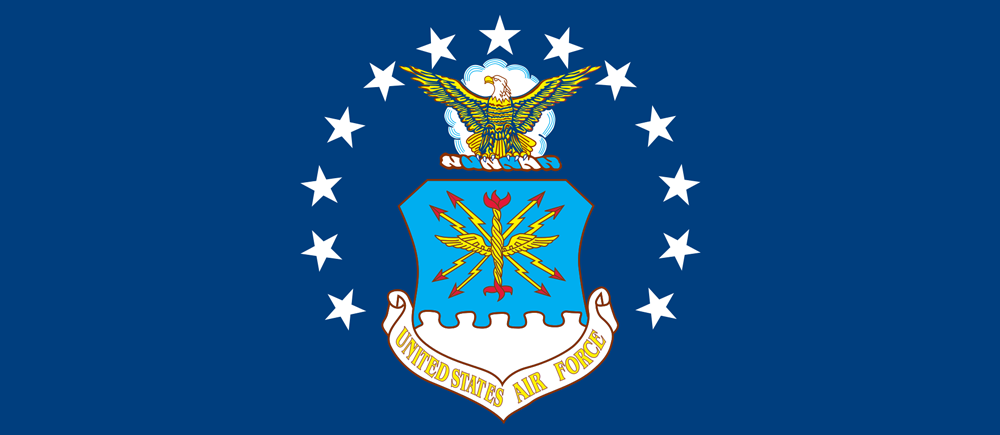
On July 16, 1947, President
!!!error: Indecipherable SUB-paragraph formatting!!!
signed the
!!!error: Indecipherable SUB-paragraph formatting!!!
, which mandated a sweeping reorganization of US military structure and formed the
!!!error: Indecipherable SUB-paragraph formatting!!!
, along with the
!!!error: Indecipherable SUB-paragraph formatting!!!
, the
!!!error: Indecipherable SUB-paragraph formatting!!!
, and the
!!!error: Indecipherable SUB-paragraph formatting!!!
. The Air Force officially became active on September 18, 1947 when
!!!error: Indecipherable SUB-paragraph formatting!!!
was sworn in as the first Secretary of the Air Force, and Gen.
!!!error: Indecipherable SUB-paragraph formatting!!!
, former commander of Strategic Air Forces in Europe, was named its first Chief of Staff. Throughout the Cold War, the Korean War, the Vietnam War, and through all the conflicts since, the US Air Force has remained at the forefront of technological advancement and readiness, and is arguably the most powerful and capable arm of military aviation in the world today.
(Special thanks to
!!!error: Indecipherable SUB-paragraph formatting!!!
for the Air Force photo montage; all photos via US Air Force)
!!! UNKNOWN CONTENT TYPE !!!
Short Takeoff
!!! UNKNOWN CONTENT TYPE !!!
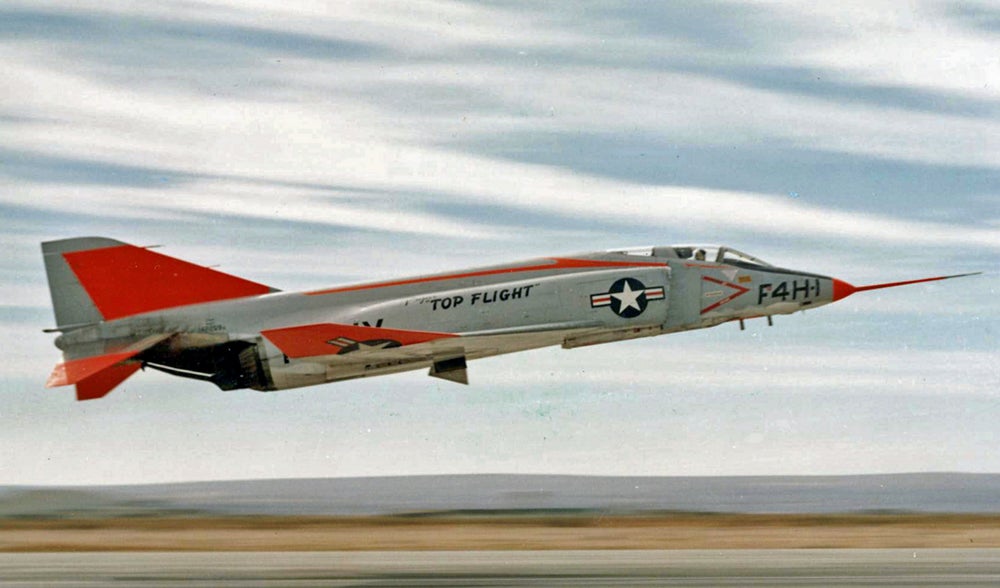
Prior to 1962, the McDonnell Douglas Phantom II was known to the US Navy and Marine Corps as the F4H, while the US Air Force called it the F-4. After 1962, all Phantoms werel known as the F-4.
September 18, 1962 – The US Air Force and US Navy adopt the Tri-Service Aircraft Designation System. Prior to 1962, aircraft of the US Air Force and US Navy followed a different system of designating the same aircraft. For example, the !!!error: Indecipherable SUB-paragraph formatting!!! bomber was known as the B-25 (B for bomber) in the US Army Air Forces, while the same aircraft in the Marine Corps was known as the PBJ (PB for Patrol Bomber, with J being the designation for North American Aviation). With the new system, Navy aircraft were redesignated, and all aircraft would follow the Air Force system, with a prefix denoting the aircraft’s main mission: F for fighter, A for attack, B for bomber, X for experimental, and so on. A full explanation of the system can be found !!!error: Indecipherable SUB-paragraph formatting!!! . (Photo author unknown)
!!! UNKNOWN CONTENT TYPE !!!

September 18, 1930 – The death of Ruth Alexander. Alexander was a pioneering American aviatrix who began her brief flying career in 1929 and, within days of becoming the 65th licensed woman pilot in the US, she set an altitude record for women of 15,718 feet. She was also the second woman in the US to become a licensed glider pilot, and also the first woman glider instructor. In July 1930, she set a new world altitude record for both men and women of 26,000 feet, but died just two months later when she crashed into a hillside while piloting her !!!error: Indecipherable SUB-paragraph formatting!!! during an attempt at a transcontinental flight. (San Diego Air and Space Museum photo)
!!! UNKNOWN CONTENT TYPE !!!
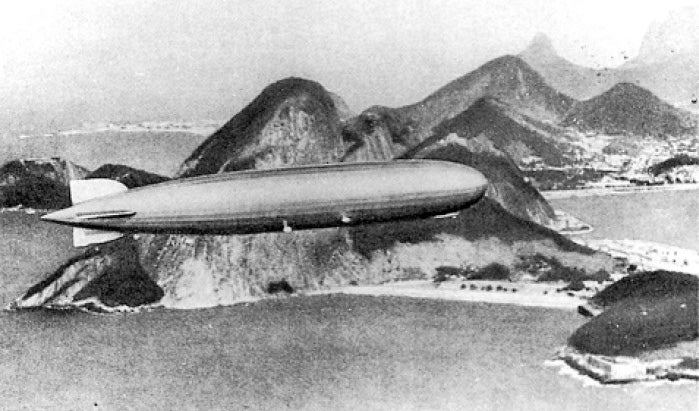
September 18, 1928 – The first flight of the Graf Zeppelin (LZ 127), a German rigid airship and the first airship to provide transatlantic passenger service. The airship was named after Count ( Graf ) !!!error: Indecipherable SUB-paragraph formatting!!! , a former general in the German army and the founder of the !!!error: Indecipherable SUB-paragraph formatting!!! whose name has since become synonymous with rigid airships. In its lifetime, LZ 127 made 590 flights that covered over 1 million miles in total, including a circumnavigation of the globe in 1929. Despite its years of service, the Graf Zeppelin was scrapped in 1940 so its !!!error: Indecipherable SUB-paragraph formatting!!! frame could be used for the production of warplanes. (Photo author unknown)
!!! UNKNOWN CONTENT TYPE !!!
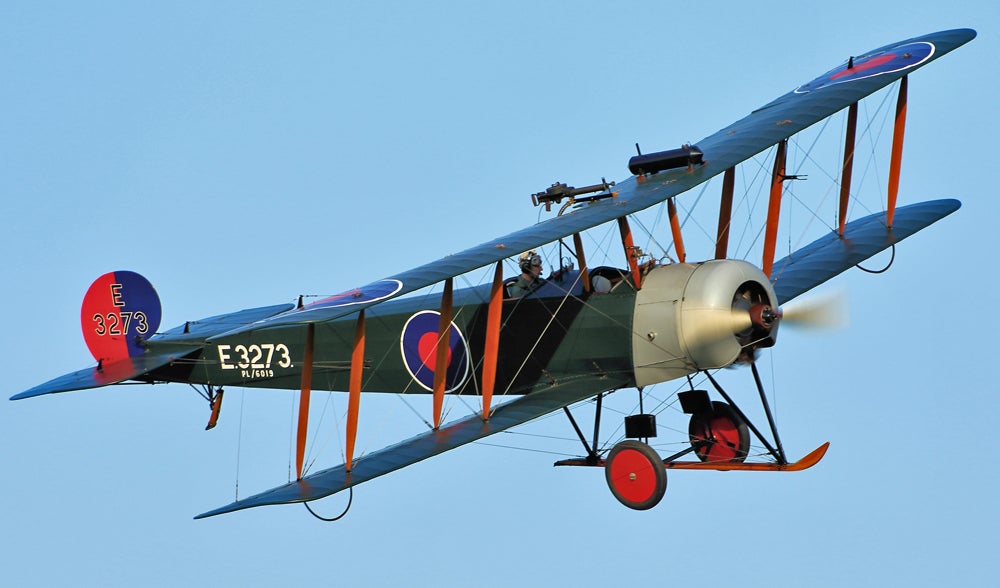
September 18, 1913 – The first flight of the Avro 504, a biplane fighter of WWI that served both the Royal Flying Corps and the Royal Naval Air Service. The 504 was developed from the earlier !!!error: Indecipherable SUB-paragraph formatting!!! and was powered by a !!!error: Indecipherable SUB-paragraph formatting!!! 7-cylinder !!!error: Indecipherable SUB-paragraph formatting!!! engine to a top speed of 90 mph. Over 10,000 were produced from 1913-1930, and it holds the distinction of being the most-produced aircraft of any kind in WWI. Of all wood construction, the 504 was soon rendered obsolete by more modern fighters, and was used primarily as a trainer. However, it remained the standard RAF trainer after the war, and many entered the civilian market. A number have survived, 100 years after their production, and at least two are still airworthy. (Photo by Airwolfhound via !!!error: Indecipherable SUB-paragraph formatting!!! )
!!! UNKNOWN CONTENT TYPE !!!
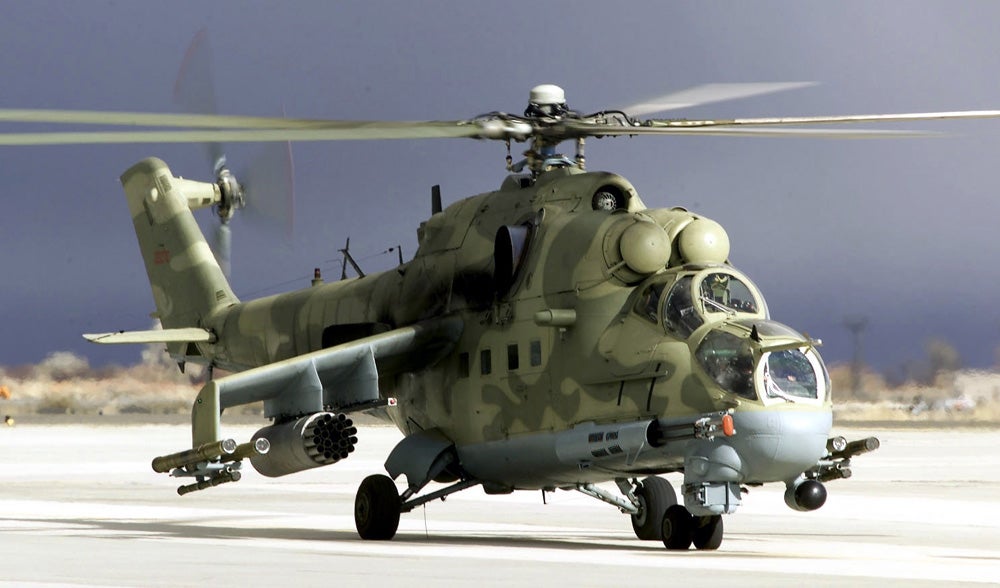
September 19, 1969 – The first flight of the Mil Mi-24, a large and heavily armed helicopter gunship that is also capable of carrying eight passengers or troops. With its armament to provide !!!error: Indecipherable SUB-paragraph formatting!!! (CAS) and room to transport soldiers, the Mi-24 (NATO reporting name Hind) is essentially a flying infantry fighting vehicle. The Mi-24 was developed from the earlier !!!error: Indecipherable SUB-paragraph formatting!!! , and has a heavily armored fuselage and titanium rotor blades that can withstand hits from 12.7mm rounds. It entered service with the Soviet Union in 1972, and an estimated 2,300 have been produced for the Russian Air Force and more than 30 export countries. (US Air Force photo)
!!! UNKNOWN CONTENT TYPE !!!
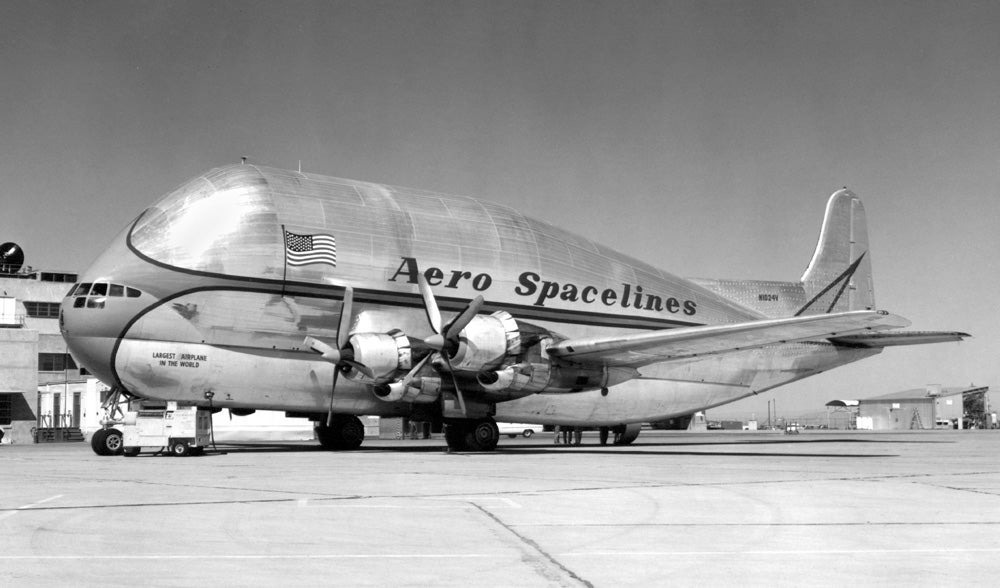
September 19, 1962 – The first flight of the Aero Spacelines Pregnant Guppy, an oversized cargo aircraft that was developed from the !!!error: Indecipherable SUB-paragraph formatting!!! . !!!error: Indecipherable SUB-paragraph formatting!!! founder and former USAF pilot !!!error: Indecipherable SUB-paragraph formatting!!! conceived the idea, and obtained former Pan Am and BOAC Stratocruisers to construct the giant cargo hauler. The addition of the large cargo area gave the Pregnant Guppy a triple-bubble cross section which could carry 50,000 pounds of cargo, and transported the first and second stages of NASA’s !!!error: Indecipherable SUB-paragraph formatting!!! rockets to Cape Canaveral as part of !!!error: Indecipherable SUB-paragraph formatting!!! . Only one Pregnant Guppy was built, but it was followed by the larger and more capable !!!error: Indecipherable SUB-paragraph formatting!!! . The original Pregnant Guppy was scrapped in 1979. (NASA photo)
!!! UNKNOWN CONTENT TYPE !!!
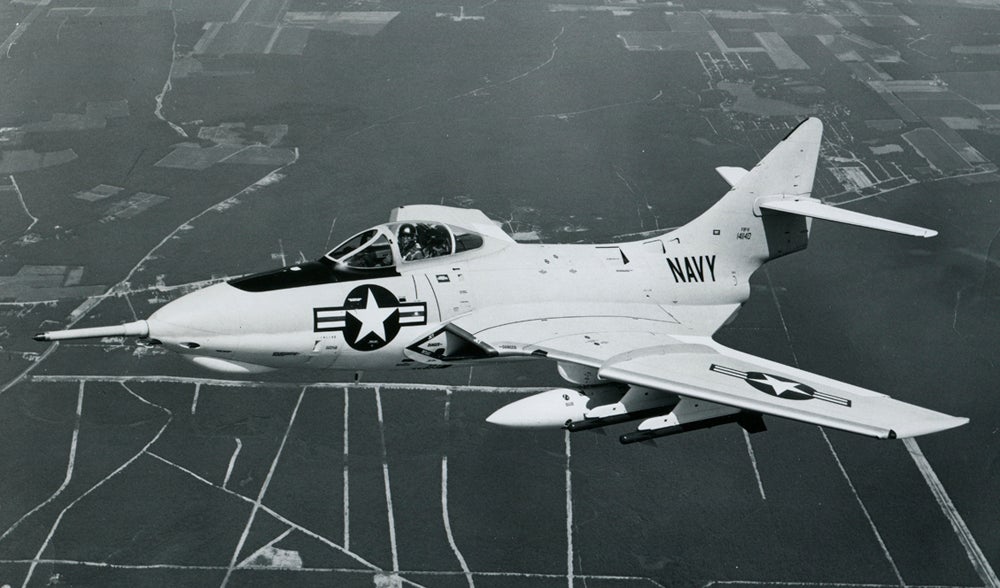
September 20, 1951 – The first flight of the Grumman F9F (F-9) Cougar, a carrier-based fighter developed for the US Navy. Orginally conceived as an improved version of the !!!error: Indecipherable SUB-paragraph formatting!!! , the Cougar was such a significant upgrade to its predecessor that the Navy gave it a new name, even though it was essentially a Panther with a swept wing and much more powerful engines. The development of the swept-wing Cougar was spurred by the arrival of the !!!error: Indecipherable SUB-paragraph formatting!!! over Korea, though the Panther was too late to see service in the war, and the Cougar was replaced by the !!!error: Indecipherable SUB-paragraph formatting!!! and !!!error: Indecipherable SUB-paragraph formatting!!! before the outbreak of the Vietnam War. Following their retirement from Navy service, many Cougars ended their life as as QF-9 target drones. (US Navy photo)
!!! UNKNOWN CONTENT TYPE !!!
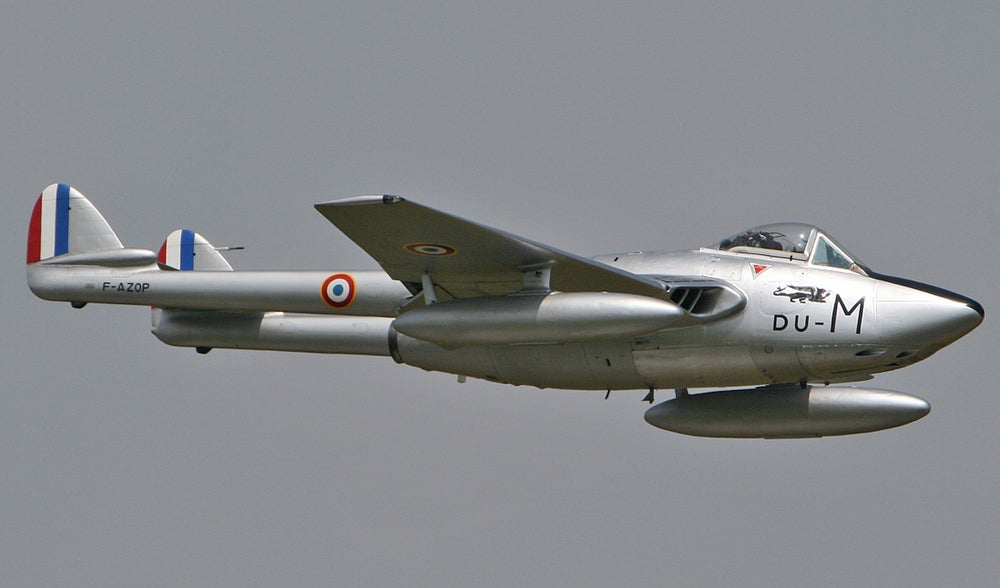
September 20, 1943 – The first flight of the de Havilland Vampire, the second jet fighter to enter service with the RAF following the !!!error: Indecipherable SUB-paragraph formatting!!! and the first to use a single engine. It is notable for the twin tail design, with the engine housed in a central, egg-shaped fuselage. This arrangement shortened the tailpipe to allow full use of the limited power available in early jet engines. The Vampire entered service in 1945, where they acted as a ground attack aircraft while the Meteor took on the role of fighter. Vampires saw action in the !!!error: Indecipherable SUB-paragraph formatting!!! , the !!!error: Indecipherable SUB-paragraph formatting!!! , and the !!!error: Indecipherable SUB-paragraph formatting!!! , and were phased out by the RAF by the end of the 1950s. The last export Vampires were retired by the Rhodesian Air Force in 1979. (Photo by Peter Bakema via !!!error: Indecipherable SUB-paragraph formatting!!! )
!!! UNKNOWN CONTENT TYPE !!!
Recent Aviation History Posts
!!! UNKNOWN CONTENT TYPE !!!
!!! UNKNOWN CONTENT TYPE !!!
!!! UNKNOWN CONTENT TYPE !!!
!!! UNKNOWN CONTENT TYPE !!!
!!! UNKNOWN CONTENT TYPE !!!
If you enjoy these Aviation History posts, please let me know in the comments. And if you missed any of the past articles, you can find them all at
!!!error: Indecipherable SUB-paragraph formatting!!!
.
!!! UNKNOWN CONTENT TYPE !!!
 MrDakka
> ttyymmnn
MrDakka
> ttyymmnn
09/20/2016 at 12:53 |
|
Ah the X-15. That plane inspired me to become an engineer. Also a fan of the proposed delta winged variant with ramjet
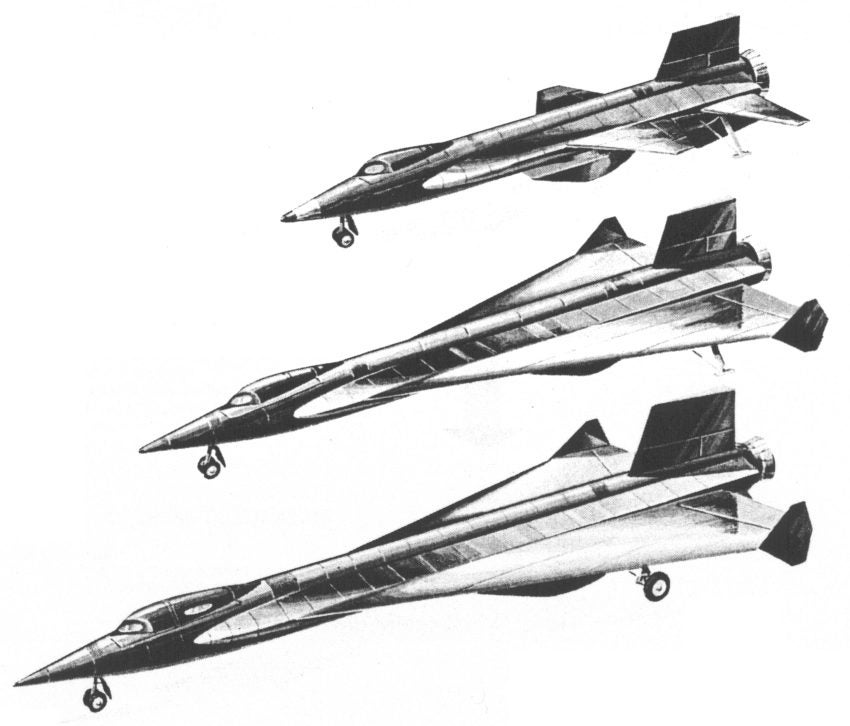
 user314
> MrDakka
user314
> MrDakka
09/20/2016 at 15:35 |
|
That North American (briefly) proposed launching off the back of an XB-70.
 user314
> ttyymmnn
user314
> ttyymmnn
09/20/2016 at 15:40 |
|
The Mi-24 is, like the A-10, so ugly it’s sexy. I wasted so much time in college playing Hind too.
 ttyymmnn
> user314
ttyymmnn
> user314
09/20/2016 at 18:38 |
|
Had to dig a bit, but I found the pics of the Hind I photographed at the Central Texas Air Show back in 2012. It sounded awesome, and was absolutely huge up close. Looks like an old Bulgarian roundel on it.
